Health
The impact physical activity has on our health
Physical activity offers numerous benefits for both our physical and mental health. Here are some key reasons why it’s so important:
Improves Cardiovascular Health: Regular exercise strengthens the heart and improves circulation, which can lower blood pressure and reduce the risk of heart disease.
Helps Maintain a Healthy Weight: Physical activity boosts metabolism and helps burn calories, which is essential for weight management.
Reduces Risk of Chronic Diseases: Engaging in regular physical activity can lower the risk of developing conditions such as type 2 diabetes, certain cancers, and osteoporosis.
Enhances Mental Health and improves sleep: Exercise releases endorphins, which are natural mood lifters. It can help reduce stress, anxiety, and depression, and improve overall mood. Regular physical activity can help you fall asleep faster and enjoy deeper sleep.
Boosts Energy Levels: Exercise can improve muscle strength and boost endurance, giving you more energy to tackle daily tasks.
Supports Cognitive Function: Physical activity has been shown to improve brain health, including memory and concentration.
Promotes Better Bone Density: Weight-bearing exercises, such as walking or lifting weights, can strengthen bones and reduce the risk of osteoporosis.
Enhances Flexibility and Balance: Regular exercise improves muscle strength, flexibility, and balance, which can help prevent falls and injuries.
In the UK, the Chief Medical Officers provide guidelines for physical activity to help maintain and improve health. Here are the key recommendations:
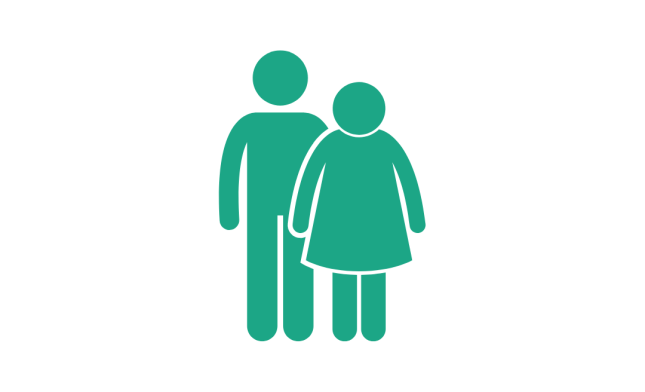
Adults (19-64 years)
Aerobic Activity: Aim for at least 150 minutes of moderate-intensity activity (like brisk walking or cycling) or 75 minutes of vigorous-intensity activity (like running or swimming) per week. You can also do a combination of both
Strengthening Activities: Engage in activities that work all major muscle groups (legs, hips, back, abdomen, chest, shoulders, and arms) on at least two days a week
Minimize Sedentary Time: Reduce time spent sitting or lying down and break up long periods of inactivity with some movement
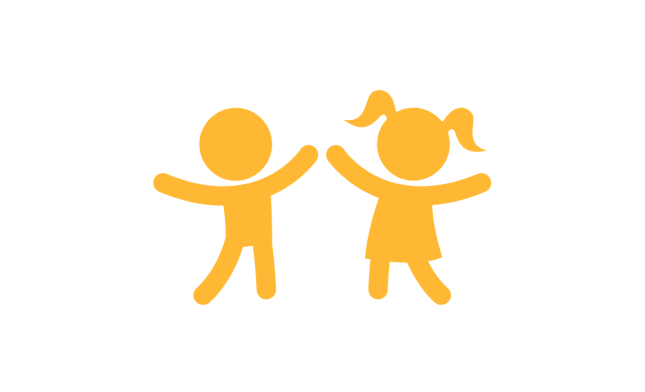
Children and Young People (5-18 years)
Daily Activity: At least 60 minutes of moderate to vigorous-intensity physical activity every day. This should include a variety of aerobic activities such as walking and activities that strengthen muscles and bones at least three days a week.

Early Years (Under 5s)
Active Play: Infants should be physically active several times a day, including at least 30 minutes of tummy time for those not yet mobile. Toddlers and pre-schoolers should be active for at least 180 minutes spread throughout the day.
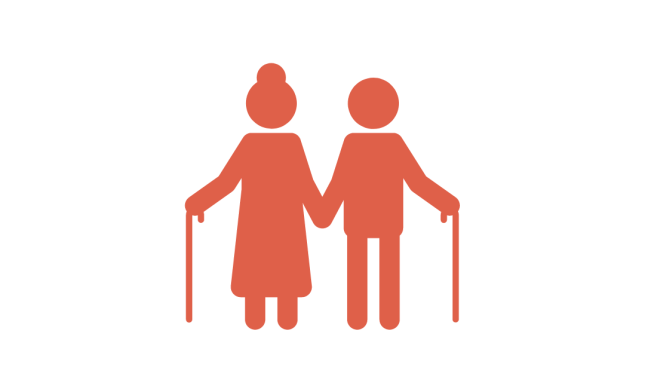
Older Adults (65+ years)
Aerobic Activity: Similar to adults, aim for at least 150 minutes of moderate-intensity activity or 75 minutes of vigorous-intensity activity per week.
Strength and Balance: Include activities that improve strength, balance, and flexibility on at least two days a week to help prevent falls
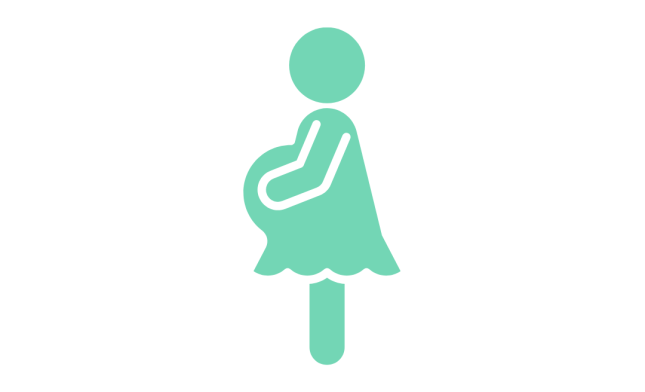
Pregnant Women and New Mothers
Regular Activity: Continue with regular physical activity during pregnancy and after childbirth. Aim for at least 150 minutes of moderate-intensity activity per week, and include muscle-strengthening activities.
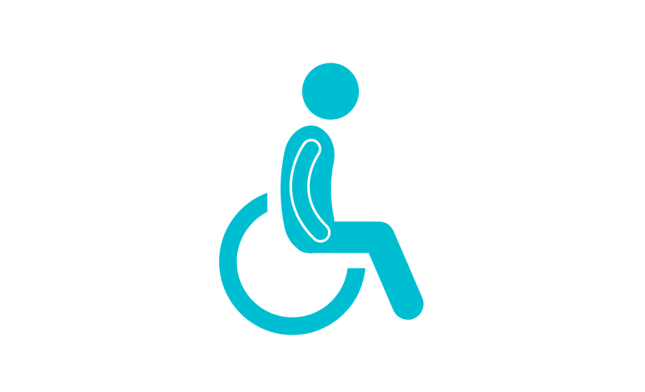
People with a disability
People who have a disability should aim for the recommended amount of exercise needed for their age but adapt exercise for their individual needs.
Adapt Activities: Choose activities that are enjoyable and can be adapted to individual abilities. This might include swimming, wheelchair sports, or seated exercises.
Seek Support: Work with healthcare providers or fitness professionals who can offer guidance and support tailored to specific needs.
Start Slowly: If new to exercise, start with shorter sessions and gradually increase the duration and intensity as fitness improves.
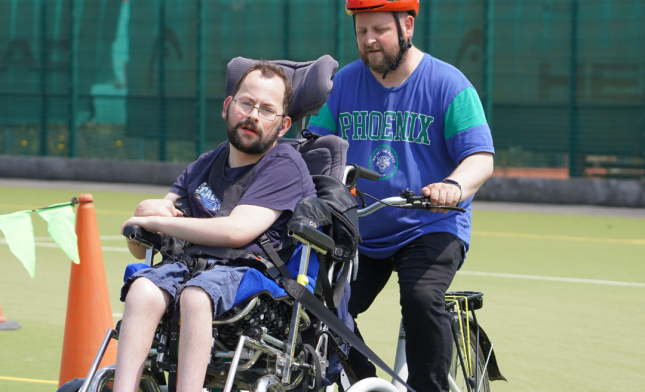
Disabled people
In Gloucestershire we are working hard to reduce the participation gap between disabled and non-disabled people. We recognise that it’s important to understand the ‘person’ and differing circumstances, barriers and motivations for different audiences when it comes to enabling people to move more.
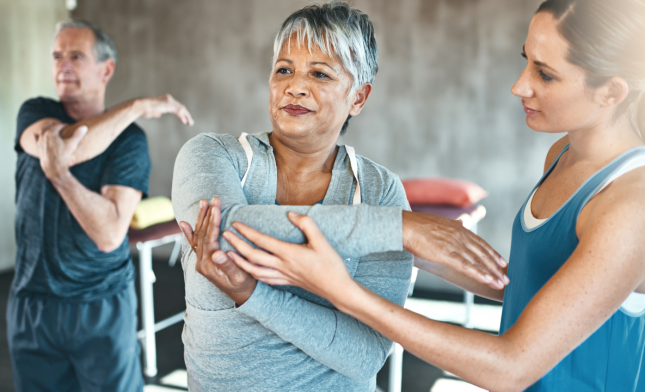
Long-term health conditions
Living with a long-term health condition can make approaching movement and physical activity feel a bit daunting. But research shows us that those who are least active stand to benefit the most in terms of their health and happiness by moving more. Find out how we are supporting people with long-term health conditions to become more active.
